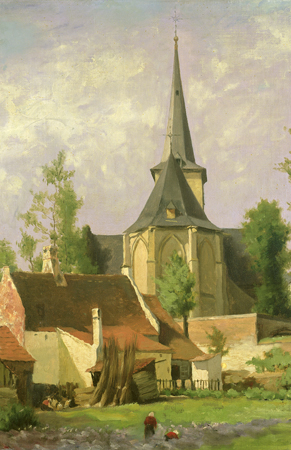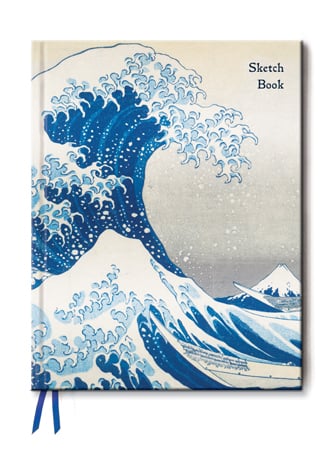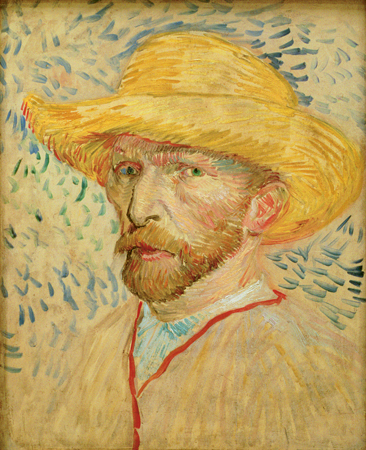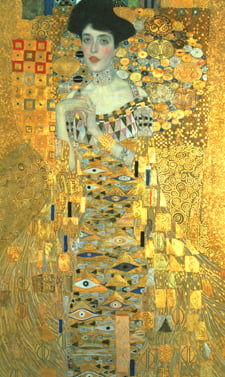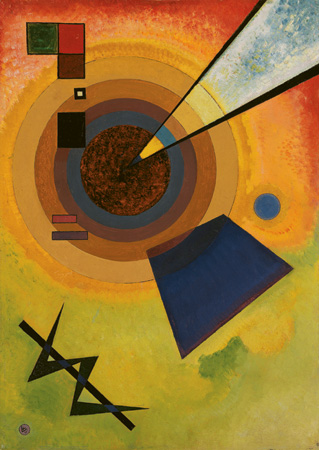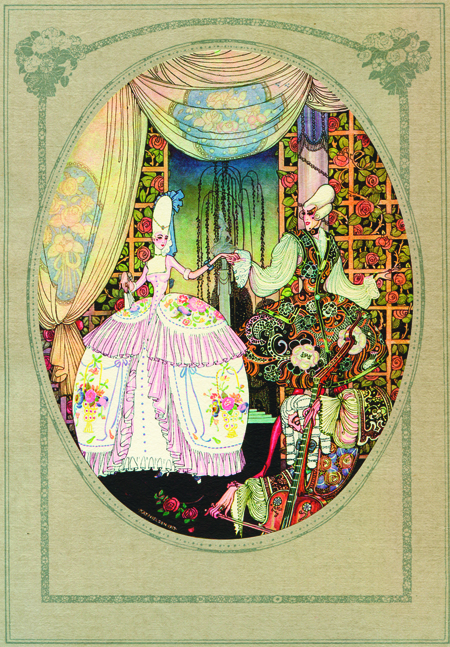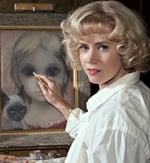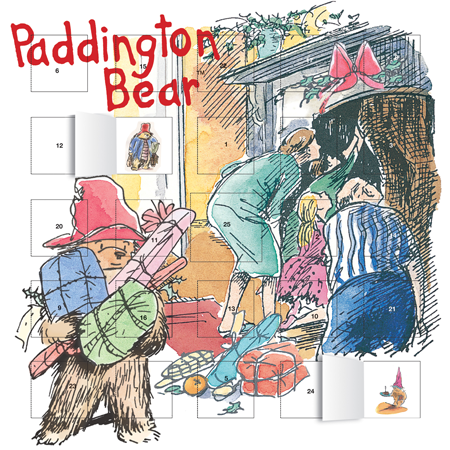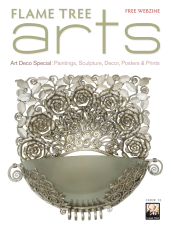Piet Mondrian is best known for his abstract work. His grid-like art represents the harmony of the universe through simple empty space and black lines. Mondrian's work was crucial to the development of modern art and even had a massive impact on architecture, furniture and popular culture. In his early years as an artist, however, he created traditional pieces and even rejected modern art. So how, then, did Mondrian become the artist as we know him today? We are going to look at his early influences and development as an artist to find out.
Visual & Decorative Arts Blog
Matt Knight
Recent Posts
In anticipation of of our new sketch books arriving next week - one of which features a beautiful design by Hokusai - today in the blog we're going to take a look at the different schools of artists that reflect the history of this traditional art form. We have blogged about Japanese Woodblock prints before, click here to read our articles 'How I Learned to Love Japanese Art' and 'Japanese Woodblocks: Influences and Outcomes'.
2015 marks the 125th anniversary of the death of beloved, world-famous artist Vincent van Gogh. Through in his life he was little known, he has become hailed as one of the greatest Dutch painters, after Rembrandt. Similarly to today’s celebrities, it is impossible to separate van Gogh’s troubled life from his works of art. He suffered from severe mental illnesses and relied on the creation of his art as a means of keeping his illness at bay.
Topics: Vincent van Gogh, Masterpieces of Art
Klimt is one of our favourite artists here at Flame Tree. Now, with the upcoming release of the movie Woman in Gold it's possible that this incredible artist may garner ever wider exposure.
What we can tell from the trailer is that the film's story centres on an Austrian woman (Helen Mirren) attempting to reclaim Klimt's famous picture 'Portrait of Adele Bloch-Bauer |', a woman whom Mirren claims was her aunt. Also featuring Ryan Reynolds as her (unnecessarily attractive) lawyer, the film sees the unlikely duo jetting off to Vienna with possession of the painting being their ultimate goal.
Topics: Gustav Klimt, Art Nouveau
During these cold winter months, we thought we would spice things up a bit by talking about Mexico's popular festival El Dia de Meurtos, or, Day of the Dead. The Hispanic and Mexican holiday is a celebration of life is notable for the vivid colours and decorations that are created during its observation, perhaps most iconic are the Sugar Skulls that are made. Today we're going to talk a bit about the holiday and the sugar skulls that feature during it.
Topics: Art Calendars
We're proud to be working with the Ashmolean Museum, located in Oxford. The museum boasts an extensive collection collection of eastern art, ranging from prints, to sculpture, textiles, and more. Right now we have several beautiful designs from the museum available on iPhone 5 cases. The perfect gift for the tech-savvy, art lover in your life.
Topics: Museums & Galleries, J. M. W. Turner, Japanese Woodblock Prints
The star of today's (16/12/14) 'Google Doodle', Wassily Kandinsky was an abstract painter born in 1866. Considered by many to be the 'Father of the Abstract', Kandinsky's art focussed on the portrayal of colours and shape – he compared the compositions of his paintings to the creations of the cosmos, beauty borne from catastrophe. In today's blog we look at the master's early years and how it was that he selected abstract as his form of choice.
Topics: Wassily Kandinsky, Masterpieces of Art
Kay Nielsen was one of the great masters of illustration from 'The Golden Age of Illustration'. He was one of an entourage of talented artists that included Arthur Rackham and Edmund Dulac. Nielsen's art was influenced not only by these the men, but also by his contemporaries who varied in their choice of form and where they lived in the world. The result is an amalgam of influence that is represented in Nielsen's dreamlike artwork. A unique talent who suffered tragic pains before his death, in this blog we look at the brilliant artist that was Kay Nielsen.
Topics: Art Nouveau, Art Calendars

